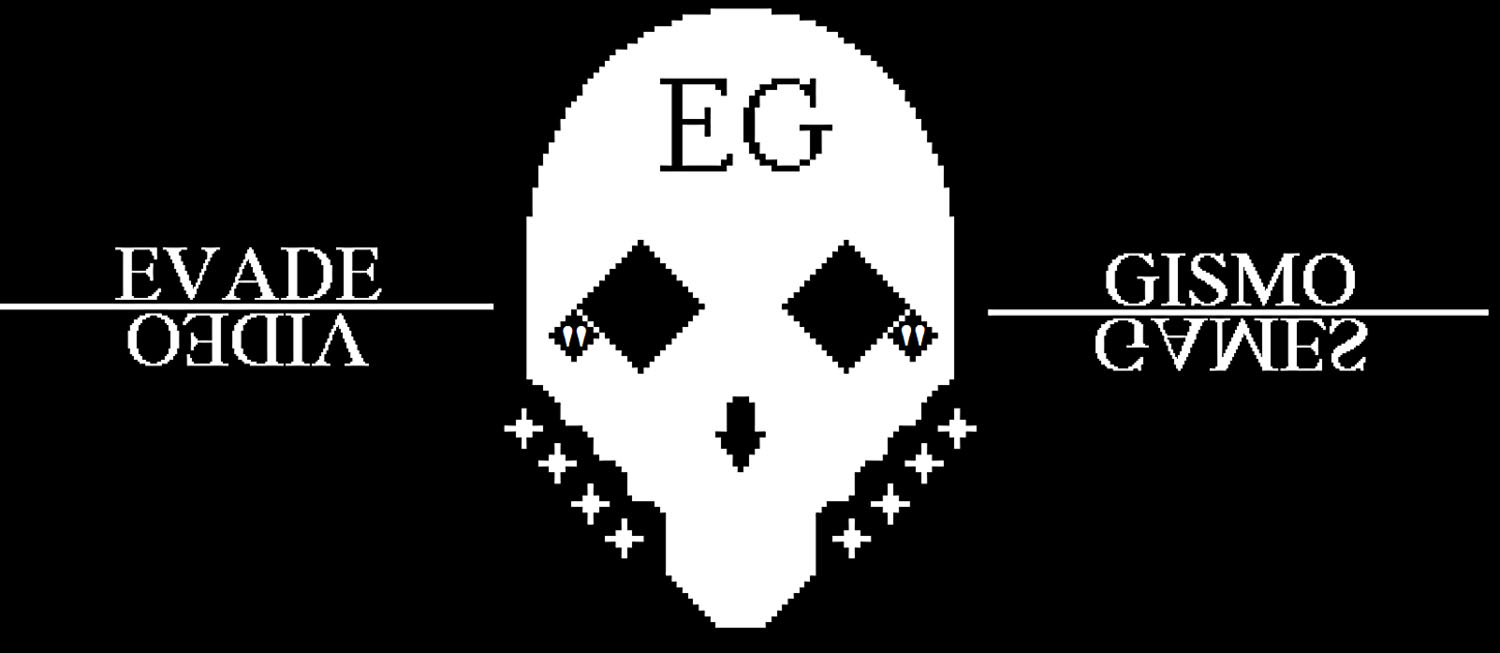OF PATCHES AND POLITICS IN ELDER DRAGON HIGHLANDER
/Forgive me for blathering on about Magic: the Gathering — I have been getting full-tilt back into it on the occasion of a new set’s release, and it’s commandeered most of my video-gaming time.
Commander 2016 is out, and a group of friends and I split the whole run of 5 decks. Normally, these decks are quite bland, fresh out of the box, but Wizards seems to have understood better and better what makes their formats fun, and we collectively decided to pit them all against each other in a “vanilla” free-for-all. It’s been a regular orgy of eldritch chaos - we were at it for 10 hours between Friday and Saturday, and boy are my mana valves raw. Here’s why.
Most formats in MTG use 60-card decks from some subset of the total, 15,000+ pool of cards ever released. The Standard format uses strictly newer cards; Modern extends about a decade back in MTG history. Typically, most decks will have the maximum allowed 4 copies of their strongest cards to provide consistency in how the deck performs. Elder Dragon Highlander (which Wizards refers to as “Commander” to make it sound... less excellent, I guess?) is a fan-created format for epic, chaotic, mind-bending battles, in which decks are 100 cards tall, reaching back into all of MTG’s lineage, and contain no more than 1 copy of any card. Additionally, each deck is led by a Legendary creature - the deck’s raidboss - who sits off to the side from the start of the game, to be summoned to the field at any time. Most EDH decks are designed around their General’s unique colours and abilities, and are thus inclined to ooze with personality. Brago the Ghost King can flicker his arsenal out and back into existence with every swing of his sword. Ghave is a shambling fungus-lord who can convert power into minions, and back again. Daretti the Scrap Savant melts precious Artifacts into slag, only to later refurbish them out of the graveyard and onto the battlefield. These badasses kind of become your avatars. You learn to identify with them, more than you might with “ordinary” Magic decks.
With such an open category for what a deck can be, players take many different approaches to designing EDH decks. You can comfortably throw in suboptimal cards just to stick to a theme; wanna go toe-to-toe with demons and demigods behind an army of chittering, rabid squirrels? You can totally fucking do that. Or, you can tinker together devastating combos, fetching their components piece by piece from anywhere in your deck using “Tutor” effects. But because EDH is so rarely played in a direct, 1-on-1 duel like the other formats, there’s a whole other layer of politics to consider when designing your decks, as well. Flaunt too much power, and you’ll draw all the wrong kind of press. Nefarious tactics are certainly available for pitting them against each other, however…
We know who wears the helmets in this relationship. Both of them.
My deck from the new set is commanded by Kynaios and Tiro of Meletis, gay co-kings from a fantastical stand-in for Ancient Greece called Theros, and their playstyle is curiously passive. Rather than chucking fireballs or assembling doomsday machines or summoning dragons, the Kings sorta just chill out and give shit to everyone for free. Enemies, friends — everybody draws more cards and spends more mana when the Kings host the party. It seems counterintuitive to urge benefits upon players that you’re supposed to defeat, but keep in mind that this is a table of 4 or 5 people most game nights, and they love what you’re giving them. They don’t only want to leave the Kings alone because of their incredible economic stimulus package; since most decks establish a much more threatening army than Kynaios & Tiro do, your enemies are incentivized to spend their allowance kicking the crap out of each other. The deck definitely showed me that, most of the time, it pays to be the weakest contestant in a free-for-all. When everybody else has got bigger fish to fry, they depend on you to swing the balance. Whoever’s left at the end can then easily be embargoed against you (Kings pack a full arsenal of restraining order-type cards) and couped for victory.
You’re normally afraid to lend your enemy the slightest advantage in a competitive game. It’s therefore refreshing for kindness, if slightly crooked, to be rewarded. My playgroup has been reminded that we can, in fact, play the game however we want, and it’s opened up all kinds of new possibilities. We now open a Patch Notes thread on Facebook after every play session. Whereas normally we’d all go to town on the out-of-box decklists as soon as possible, completely remodeling them for power, this time, we’ve agreed to slowly and gradually sculpt the decks into more personalized forms, swapping in a handful cards at a time, and posting why on our thread. In a sense, we’re collectively rebalancing our deckpool towards the most fun possible for all concerned, as if it were a MOBA game. MTG naturally raises its players into designers, and this lends a depth to the game that’s already lasted me over a decade.



